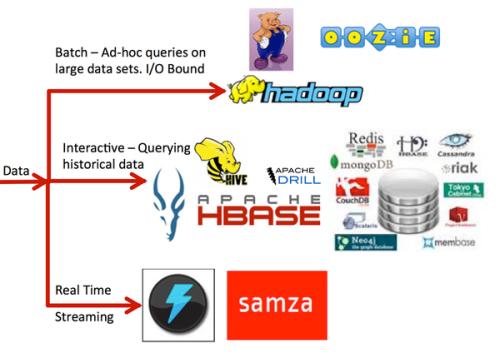To operate in open-ended environments where humans interact in complex, diverse ways, autonomous robots must learn to predict their behaviour, especially when that behavior is potentially dangerous to other agents or to the robot. However, reducing the risk of accidents requires prior knowledge of where potential collisions may occur and how. Therefore, we propose to gain this information by analyzing locations and speeds that commonly correspond to high-risk interactions within the dataset, and use it within training to generate better predictions in high risk situations. Through these location-based and speed-based re-weighting techniques, we achieve improved overall performance, as measured by most-likely FDE and KDE, as well as improved performance on high-speed vehicles, and vehicles within high-risk locations. 2023 IEEE International Conference on Robotics and Automation (ICRA)
翻译:暂无翻译




